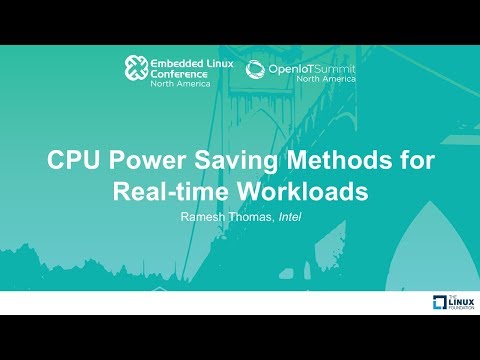Description:
Explore CPU power saving techniques for real-time workloads in this 32-minute conference talk by Ramesh Thomas from Intel. Learn how to enable and tune CPU idle states to achieve power savings without compromising latency requirements in real-time applications. Discover tools, configurations, and methods for optimizing both applications and kernel CPU power management. Gain insights into determinism, jitter sources, state selection control, and two key methods for managing C-state attributes. Understand the C-state selection policy in the kernel and the PM QoS framework. Follow a step-by-step guide to calibrate worst-case latency, determine safe latency constraints, and find optimal idle intervals. Examine practical examples of calibration and tuning, along with additional strategies for balancing power efficiency and performance in real-time systems.

CPU Power Saving Methods for Real-time Workloads
Add to list